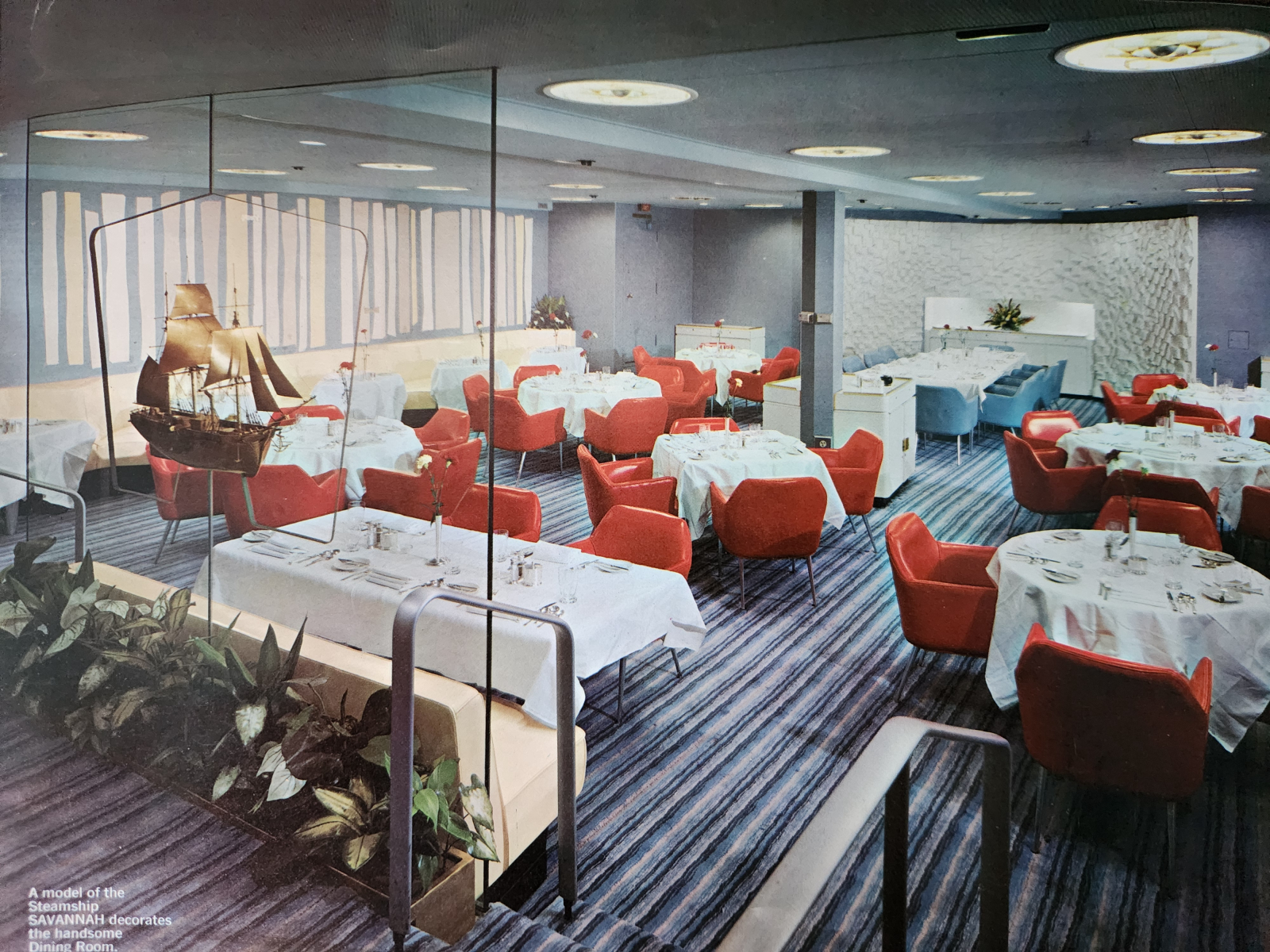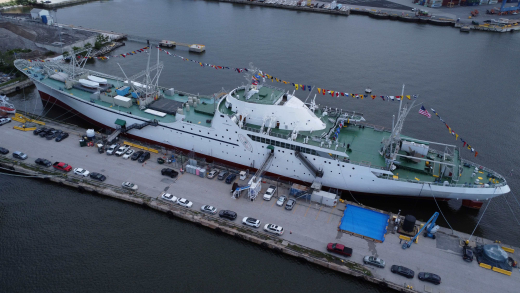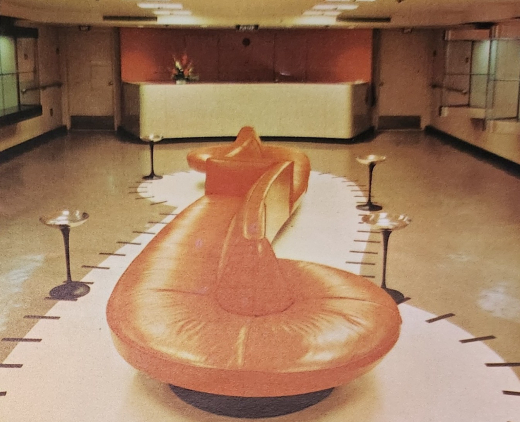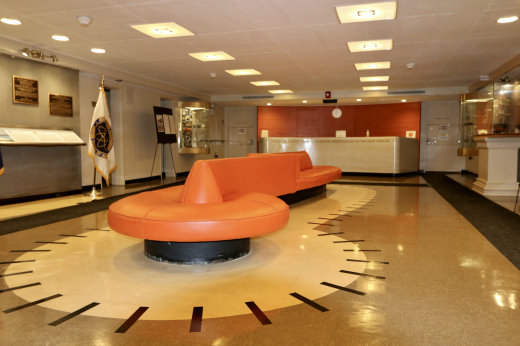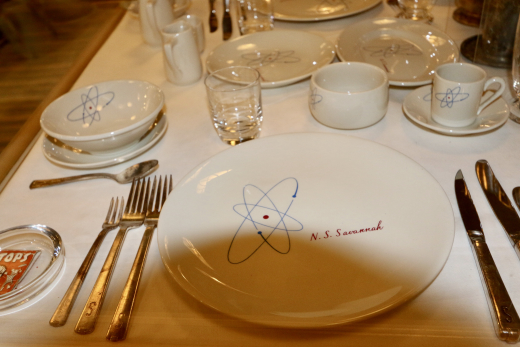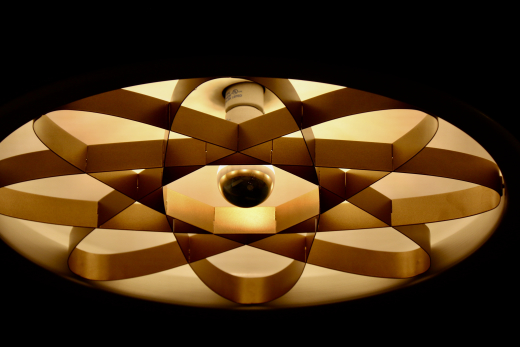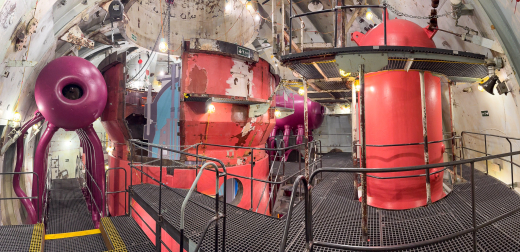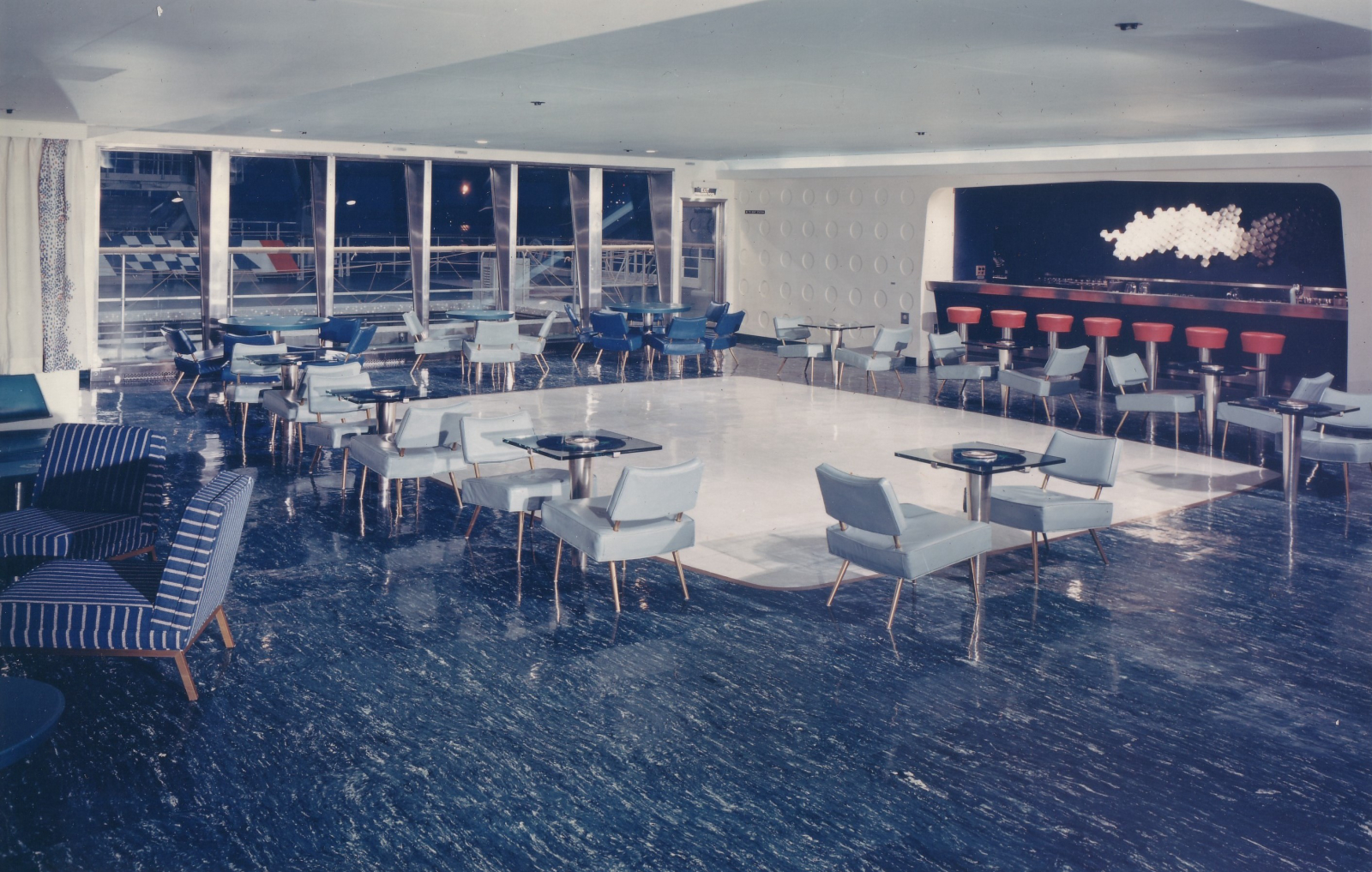The Nuclear Ship Savannah is not only the world’s first nuclear-powered merchant ship but also served as a floating showcase of mid-century American art and design. Conceived by President Eisenhower in 1955, Savannah would promote the and safe peaceful use of nuclear power as part of his Atoms for Peace program. In operation as a passenger-cargo ship from 1962-65, and a cargo ship from 1965-70, it did just that, travelling more than 450,000 miles to 32 domestic and 45 foreign ports, with over 1.4 million visitors touring the ship, proving the safety and feasibility of nuclear-power for merchant ships.
Modern Design and the World’s First Nuclear-Powered Merchant Ship
Author
Anne Jennings
Affiliation
Tidewater, Inc.
Tags
N.S. Savannah was designed by George G. Sharp Inc, with interiors by Jack Heaney and Associates. Born in Scotland in 1904, Heaney studied at the University of Glasgow and Glasgow School of Art before immigrating to New York in 1926. He joined Sharp’s firm in 1937, and opened his own firm in 1947, continuing his work designing passenger-cargo ships. Heaney also designed furniture, and his lightweight aluminum stacking chair, known as the “Aluma-Stack” was included in the Museum of Modern Art’s “One Hundred Useful Objects of Fine Design” exhibition in1947. Heaney’s design of Savannah’s exterior and interior styling is perhaps the most noted work of his career, and one of the few ships designed by him that survive.
Savannah featured 30 passenger staterooms, a dining room, and various lounge areas and lobbies, all with modern designs and furnishings. A 1959 press release noted that if the design of the ship had a theme, it would be “made in the USA.” Modern American materials, craftsmanship, and technology were showcased throughout the ship, with metals and plastics playing a prominent role.
Bulkheads (walls) were surfaced with a variety of maintenance free materials, with textured vinyl films applied throughout the passenger staterooms and much of the public room areas. Bulkheads of senior officers’ quarters were finished with melamine laminates. Patterned, color anodized aluminum was veneered to bulkheads enclosing the main stair, and integrally colored marine veneer lined the passenger corridors. Carpets, draperies, and upholstery utilized a maximum of man-made fibers, such as saran, nylon, and dynel.
Atomic and futuristic motifs featured prominently throughout the ship; in the light fixtures in the dining room, the China service, floor tiles in the main stairwell, and on the tabletops in the veranda and cocktail lounge. In addition, these tables featured electroluminescent displays, which have recently been restored by the non-profit N/S Savannah Association, and once again light up like they did when the ship was in service.
Modern artwork also played a key role in the ship’s aesthetics; both permanent and loaned displays of artwork were showcased. Of the permanent displays, perhaps the most prominent is the “Fission” hyperboloid mural by Pierre Bourdelle, located in the Dining Room behind the captain’s table, and it and remains on the ship today. Original prints, etchings, woodcuts, abstract color photography, and ceramics hung in passenger and officers’ staterooms. The Whitney Museum of American Art loaned fourteen paintings which were displayed in the main lounge for passengers and visitors to enjoy.
Passengers travelling on the ship, and visitors to the ship while in port, could experience the modern design and amenities, as well as view the operational parts of the ship, such as watching the nuclear engineers at work in the control and engine rooms. The only thing off limits was the nuclear power plant itself. But that is not the case today.
The Maritime Administration (MARAD), who owns the ship, is the final phases of decommissioning the nuclear power plant, which has allowed them to open this formerly off-limits area to tours. Now, not only can visitors experience the restored modern passenger areas like the dining room, staterooms, veranda and main lobby, but they can also walk inside the former reactor space, which has been outfitted with interpretive displays to aid in understanding how a nuclear reactor works.
Once the decommissioning process is completed, anticipated in 2026, Savannah will be available for preservation purposes. The improvements made to the ship make it an ideal candidate for preservation, and there will be more information later this year on how an entity may be able to receive the ship for preservation through donation, charter, or loan. For more information, please visit: N/S Savannah Association.
Upcoming Public Tours of NS Savannah
About the Author
Anne Jennings is an architectural historian / cultural resources specialist in New York City, with extensive experience surveying, researching, and evaluating cultural resources in compliance with the National Historic Preservation Act, as well as relevant state and local regulations. She has been working on the decommissioning and disposition of the historic Nuclear Ship Savannah for the past three years.
